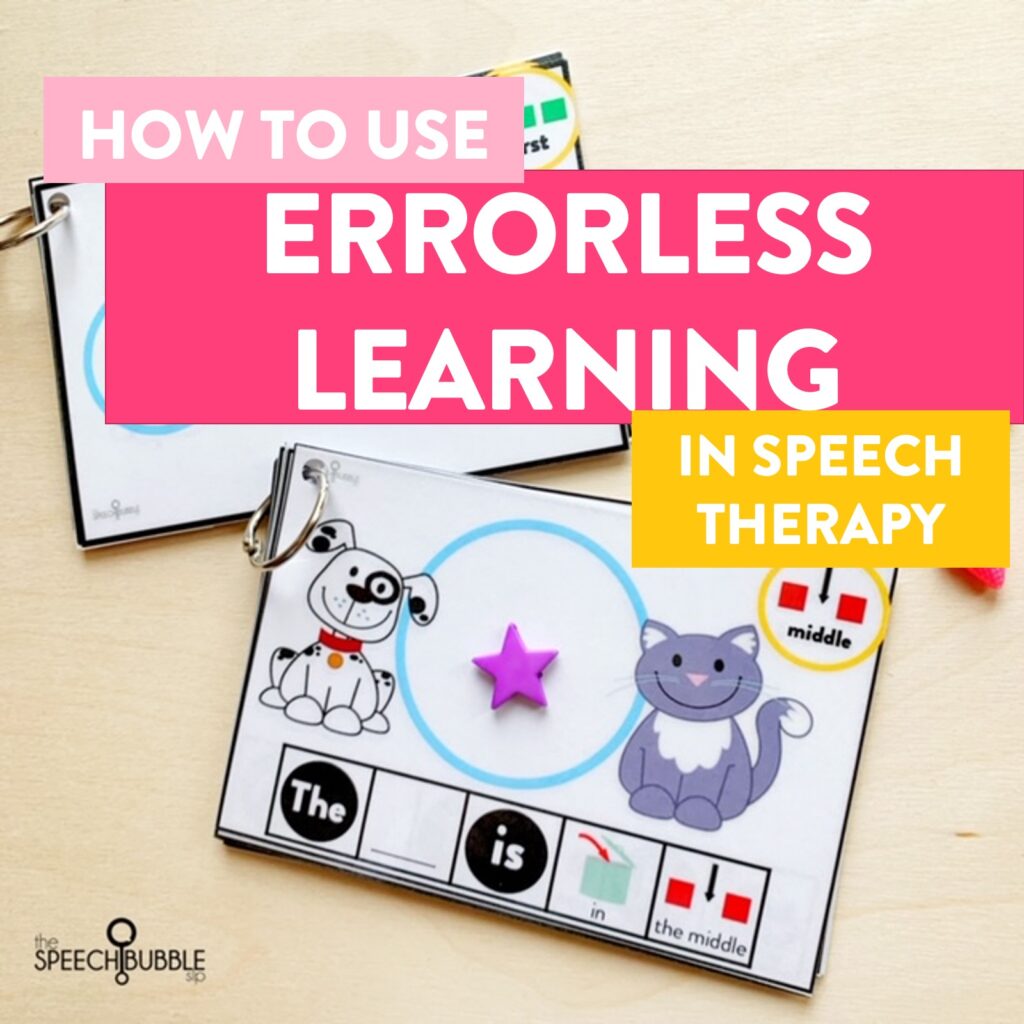
What is ‘Errorless learning in Speech Therapy? Errorless learning is an instructional strategy that is used to prevent a child from making mistakes while learning a new skill. It provides a highly structured environment with the outcome of learning a specific skill or task. The goal is for a high number of positive repetitions independently by the student.
I can hear you now, “Not making mistakes? That isn’t possible!”, “Aren’t mistakes part of learning?” Yes, this method does feel a bit backwards from how we typically approach things, but I have found for some kids and situations it can be exactly what we need.
WHEN TO USE ERRORLESS LEARNING?
So, when should you bust some errorless methods? I have found for my kids with:
- Complex language needs, as in, they struggle with multiple areas of language ( expressive and receptive for example ) are kids who benefit from this approach.
- Kids with TBI or memory difficulties. These students may need a high amount of repetition each session to make that shift to long term memory. The more times practiced correctly the quicker that new skill synapse can be formed
- Kids with intense emotional or behavior disorders are another group that might find success with this approach. A big trigger for these students is being wrong or not catching onto a concept quickly. Years of academic frustration coupled with difficulty with emotional and/or physical regulation has made hearing they were incorrect a quick trigger to an outburst. This is also a great strategy to lay some positive ground work for when you may pull back to a more traditional approach.
There are obviously more students and situations that would fit but these are the cases that I have had first hand experiences and success with.
How to Start Using Errorless learning in Speech Therapy
First thing first, you need to choose the skill you want to tackle. If it is complex skill you are going to need to get down to the nitty gritty of it and decide what is the most basic first step that a student needs complete to move forward with the skill.

Some simple skills that you can start with that have a lot carry-over into other, higher level skills are:
- Basic Concepts
- Labeling
- Matching/Stating Functions
- Matching items to Categories
Once you have decided on the skill you are going to target, you need to also think of what prompts need to be ‘built into’ the task for the student to be initially successful. You can figure this out from you knowledge of working with the student. Are you going to need to start with color coding ( visual ) and hand over hand ( physical ) or just a simple gestural cues like pointing or even simply modeling. Sentence strips or not?
Also keep in mind about if your student has any fine motor, gross motor, or visual issues. They may need larger manipulates or print. Making sure you are set up for these to reduce frustration.
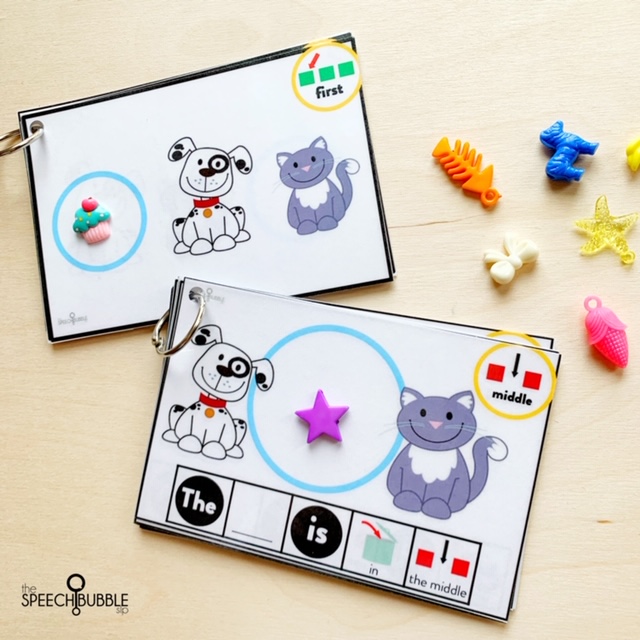
WRAP UP
Some final thoughts. Since more kids see learning new tasks as very intimidating try and use highly desired items or reinforcers. This can take some trial and error on our part too. You may set things up thinking you broke down the skill to its bare bones, only to find that it is too difficult still and you need to simplify things even more. Don’t worry if you have to go back to the drawing a few times. We scaffold things a lot already in speech but taking things bare bones can be tricky sometimes and thats ok.


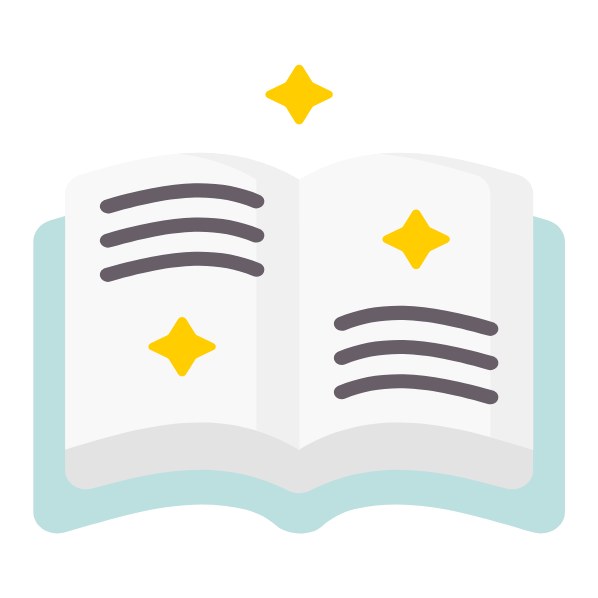

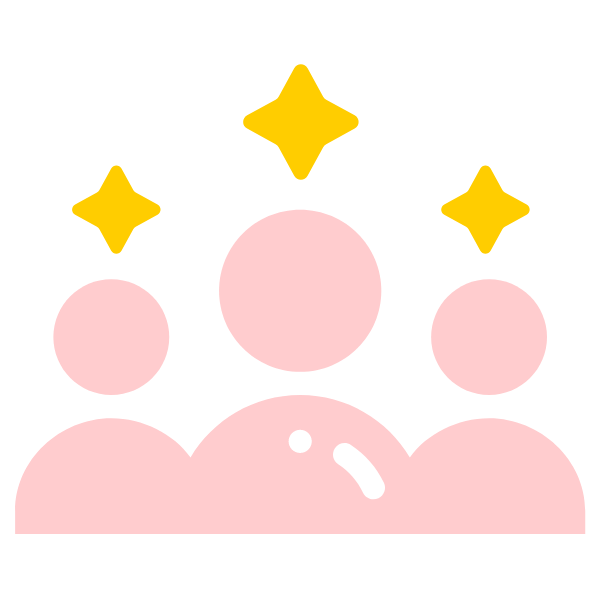


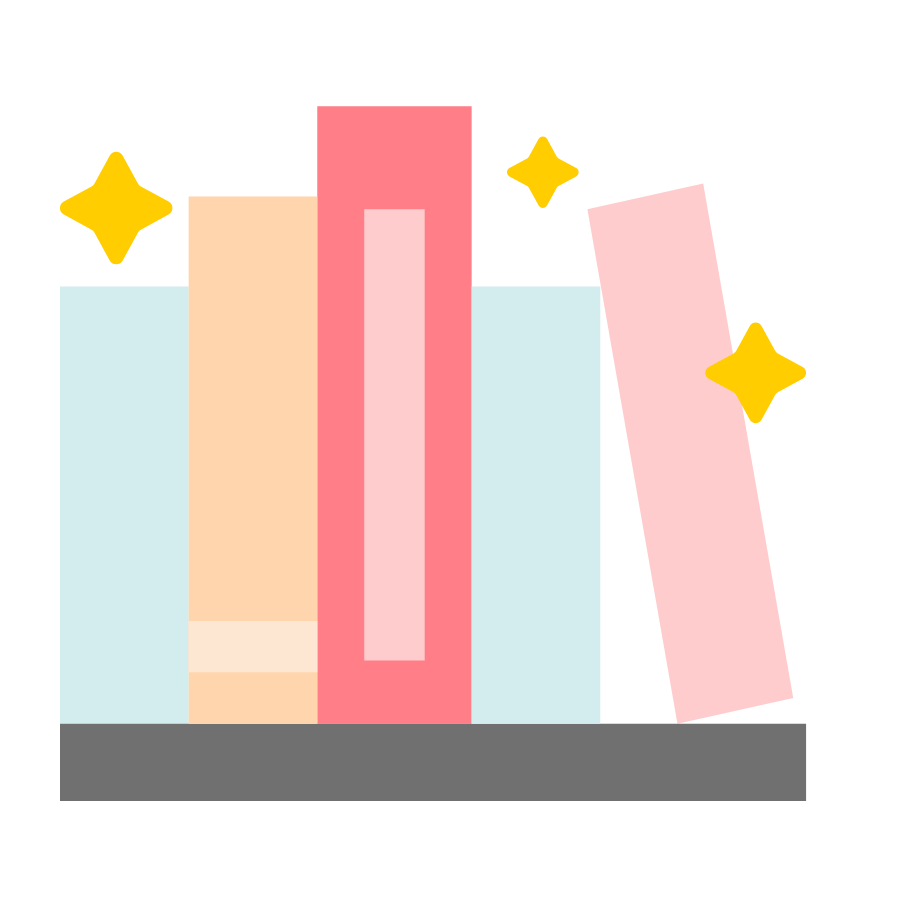


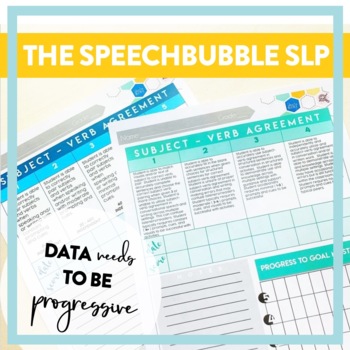
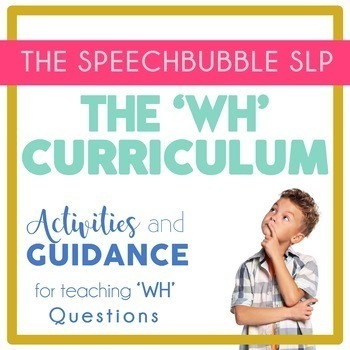
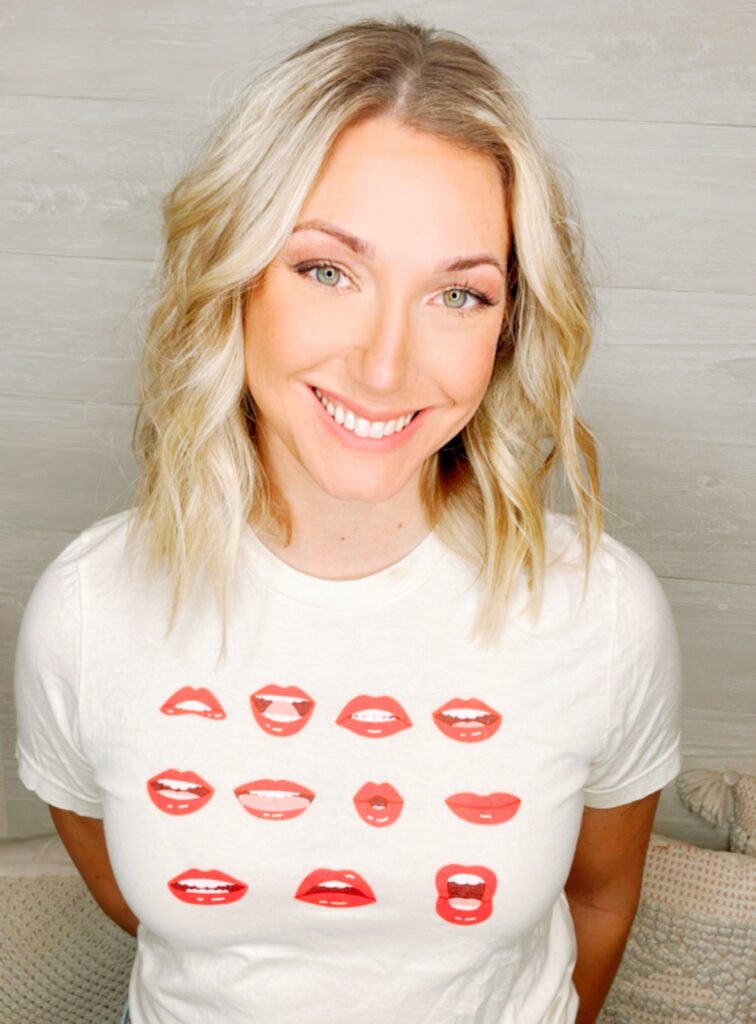

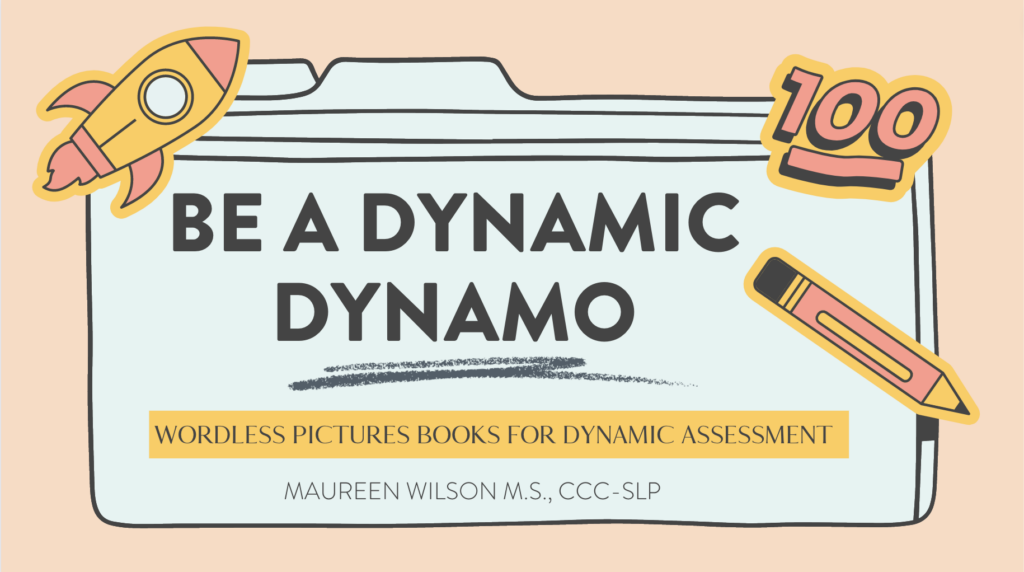

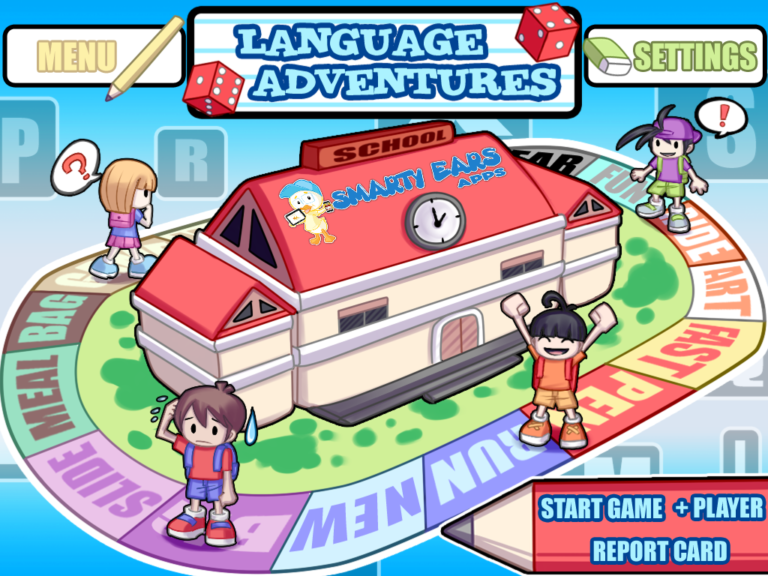
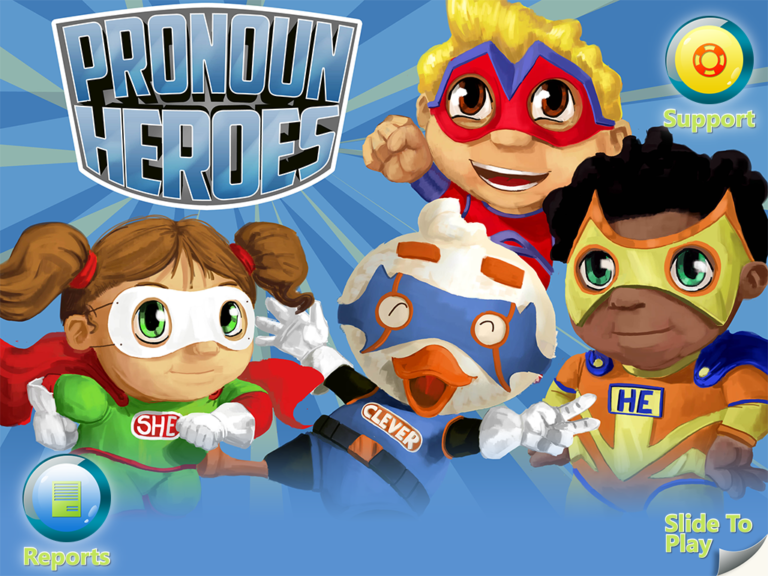



One Response